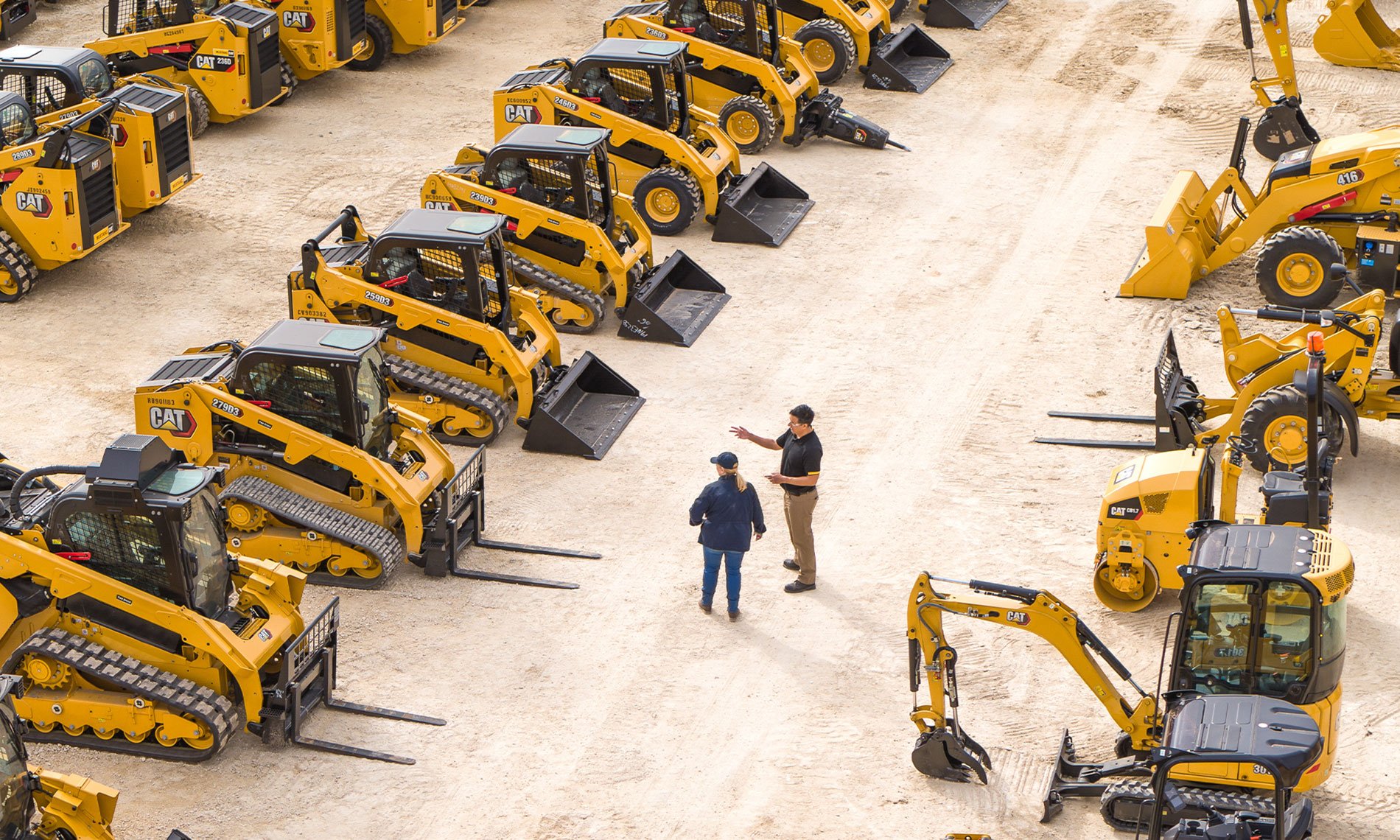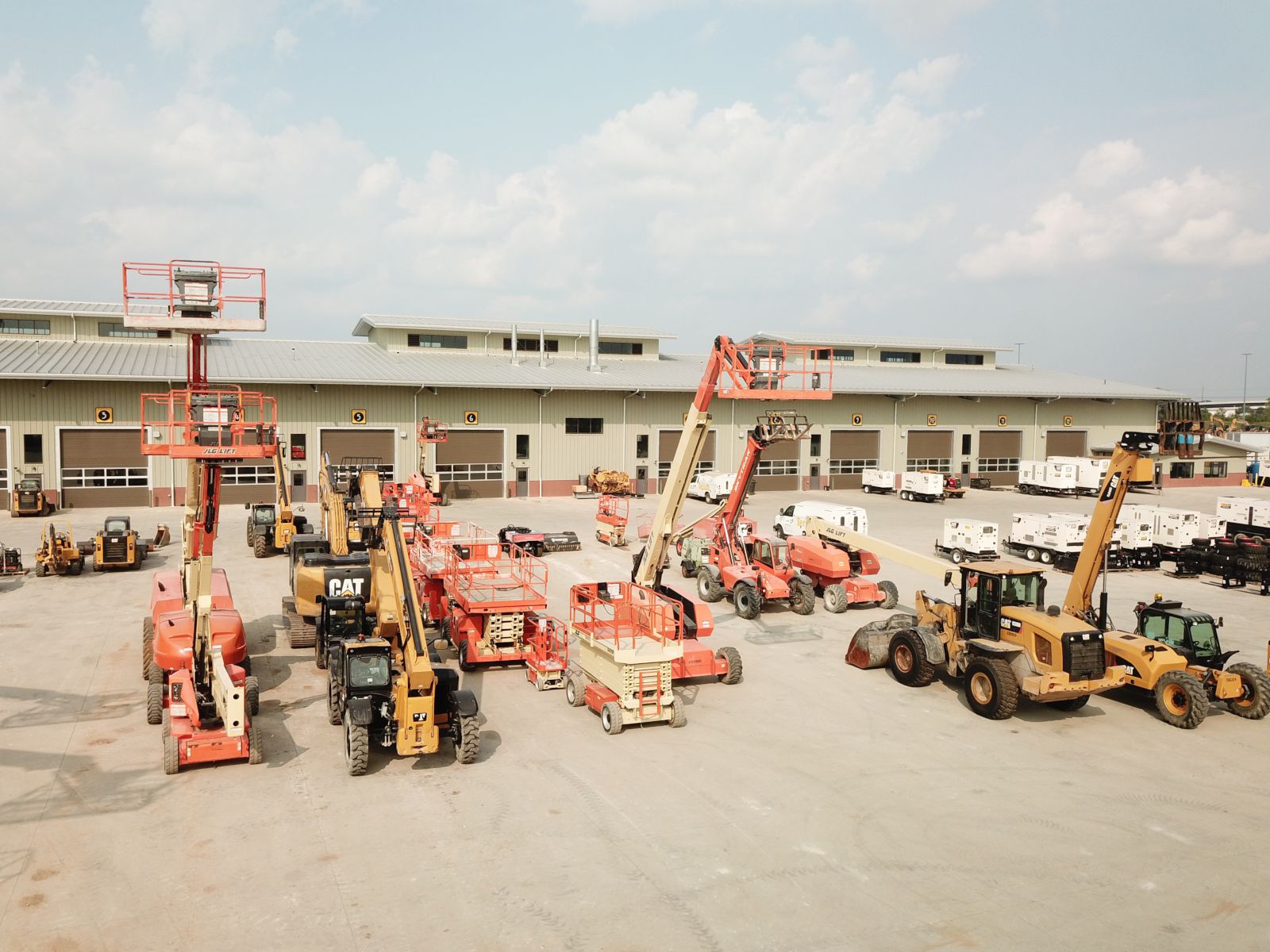Optimize Your Budget by Comprehending the Prices Associated With Building And Construction Devices Leasings
Recognizing the complete range of costs connected with building and construction devices leasings is essential for maximizing your budget plan. While the preliminary rental charge might appear uncomplicated, countless extra costs-- such as transport, fuel additional charges, and maintenance-- can promptly build up, impacting your financial planning. In addition, recognizing different charges and the intricacies of rental agreements can help stay clear of unexpected financial concerns. What methods can be used to efficiently manage these costs and guarantee a much more reliable rental experience?
Review of Rental Costs
When thinking about building tools services, comprehending the associated expenses is critical for efficient budgeting and task preparation. Rental costs can vary significantly based upon numerous factors, consisting of equipment type, duration of leasing, and location. The initial rental cost typically reflects the equipment's market need and its linked functional capabilities, influencing the total cost.
Along with the base rental rate, supplementary expenses might develop, such as transport costs, gas surcharges, and upkeep fees. It is vital to make up these additional costs to precisely evaluate the overall expense of renting out equipment. The rental period can affect prices; longer rentals might qualify for discounted rates, while short-term leasings could sustain greater everyday costs.

Breakdown of Rental Prices
A thorough understanding of rental rates is important for service providers and project supervisors aiming to optimize their budgets. Rental prices for building and construction tools generally are composed of a number of components, including base prices, time-based costs, and usage costs.
Base rates are the core fees connected with the leasing of the equipment, typically established by the kind and dimension of the equipment. These prices can differ dramatically, influenced by aspects such as tools need, schedule, and regional market fads. Time-based charges, which might be daily, weekly, or monthly, serve to accommodate different task timelines and rental durations.
In addition, rental rates might include usage fees, which are suitable when devices is used beyond a defined limit, making certain that the rental firm can account for deterioration. Seasonal need changes can additionally influence rental rates, with peak building seasons commonly commanding greater prices.
Furthermore, recognizing the rental business's plans regarding upkeep and insurance coverage can offer additional understanding right into the total price structure. By evaluating these components, specialists can make educated choices, making sure the option of rental devices lines up with both task demands and budget plan restraints.
Additional Charges to Take Into Consideration
Understanding the details of added charges is essential for contractors to manage their total service expenses effectively. Past the common rental rates, different auxiliary costs can dramatically affect the overall expense of equipment rental. These charges commonly include shipment and pickup fees, which can differ based on distance and logistics associated with delivering crane rental service near me the devices to and from the work website.
In addition, some rental companies might impose gas additional charges if the devices is returned with much less fuel than when rented. It is also vital to know possible cleansing costs, specifically for specific tools that needs detailed maintenance after use.

Extensively assessing the rental arrangement and making clear these added charges in advance can help professionals make certain and stay clear of unforeseen expenses that budget plans remain intact throughout the project lifecycle.
Maintenance and Repair Expenses
Normal repair and maintenance expenditures are often overlooked factors that can substantially affect the total cost of building and construction equipment leasings. When renting equipment, it is vital to consider not only the rental costs however additionally the potential costs connected with keeping the machinery in optimum operating problem.
Lots of rental business include basic maintenance as component of the rental contract; nevertheless, more unexpected malfunctions or substantial repair work can lead to additional costs. It's necessary to review the rental contract carefully to recognize what upkeep services are covered and what responsibilities drop on the tenant.
In addition, equipment that is not well-maintained can lead to ineffectiveness on duty site, potentially triggering hold-ups and enhancing task expenses. To reduce these dangers, it is a good idea to perform routine examinations and keep open interaction with the rental company relating to any kind of problems that occur throughout usage.
Insurance and Obligation Costs
Insurance and obligation prices are crucial components that can considerably affect the overall expense of building and construction equipment rentals (aerial lift rental). These costs make certain that both the rental firm and the customer are shielded from prospective monetary losses arising from accidents, damage, or burglary throughout the rental period

In addition, customers must be aware of any type of deductibles or exemptions in the insurance coverage, as these can affect prospective out-of-pocket expenditures. Recognizing the conditions of any type of insurance policy coverage is important to avoid unanticipated costs. Inevitably, budgeting for insurance policy and obligation costs can assist make certain a smoother rental experience and safeguard versus monetary risks associated with building tasks.
Final Thought
To conclude, a thorough understanding of the prices connected with building and construction equipment services is essential for reliable spending plan management. By examining rental prices, added costs, upkeep costs, and insurance coverage organizations, individuals and demands can lessen unforeseen expenses. This critical technique not just improves cost-effectiveness but likewise makes sure use this link that tasks proceed smoothly and successfully. my review here Inevitably, educated decision-making concerning equipment leasings adds to the overall success of construction undertakings.
Rental expenses can differ considerably based on several variables, consisting of devices kind, period of service, and location (equipment rental company). The rental duration can impact rates; longer leasings may certify for reduced rates, while short-term rentals could sustain greater daily costs
By carrying out detailed study and engaging with credible rental business, specialists can effectively browse the complexities of rental pricing, eventually maximizing their economic sources.
Beyond the standard rental prices, different extra fees can considerably influence the overall expense of tools rental. Rental firms usually give liability insurance policy that covers injuries to third events or damages to home, while tools damages insurance policy can cover the expense of repair work or substitute if the rented devices is damaged.
 Josh Saviano Then & Now!
Josh Saviano Then & Now! Tatyana Ali Then & Now!
Tatyana Ali Then & Now! Yasmine Bleeth Then & Now!
Yasmine Bleeth Then & Now! Michael Fishman Then & Now!
Michael Fishman Then & Now! Talia Balsam Then & Now!
Talia Balsam Then & Now!